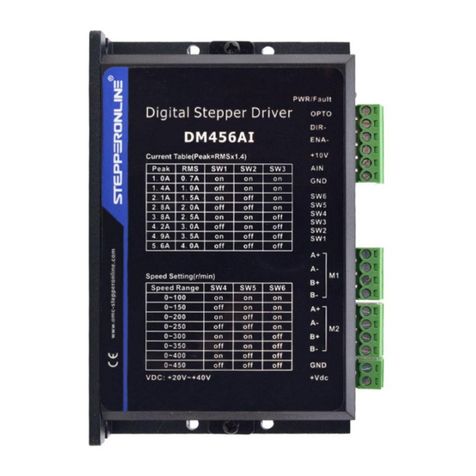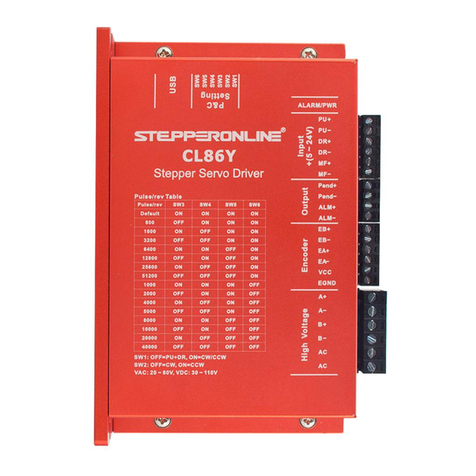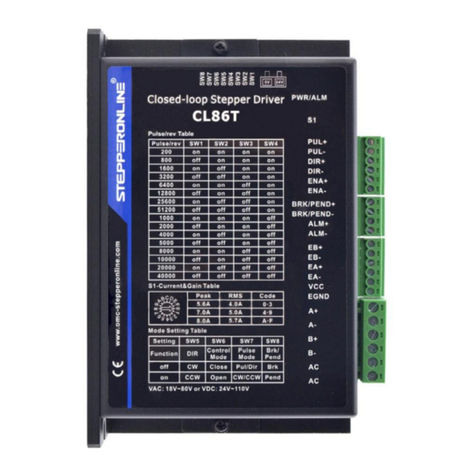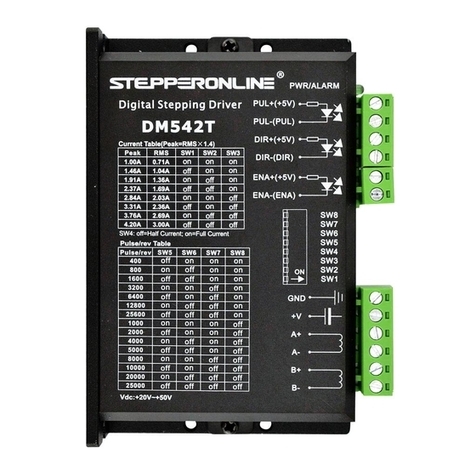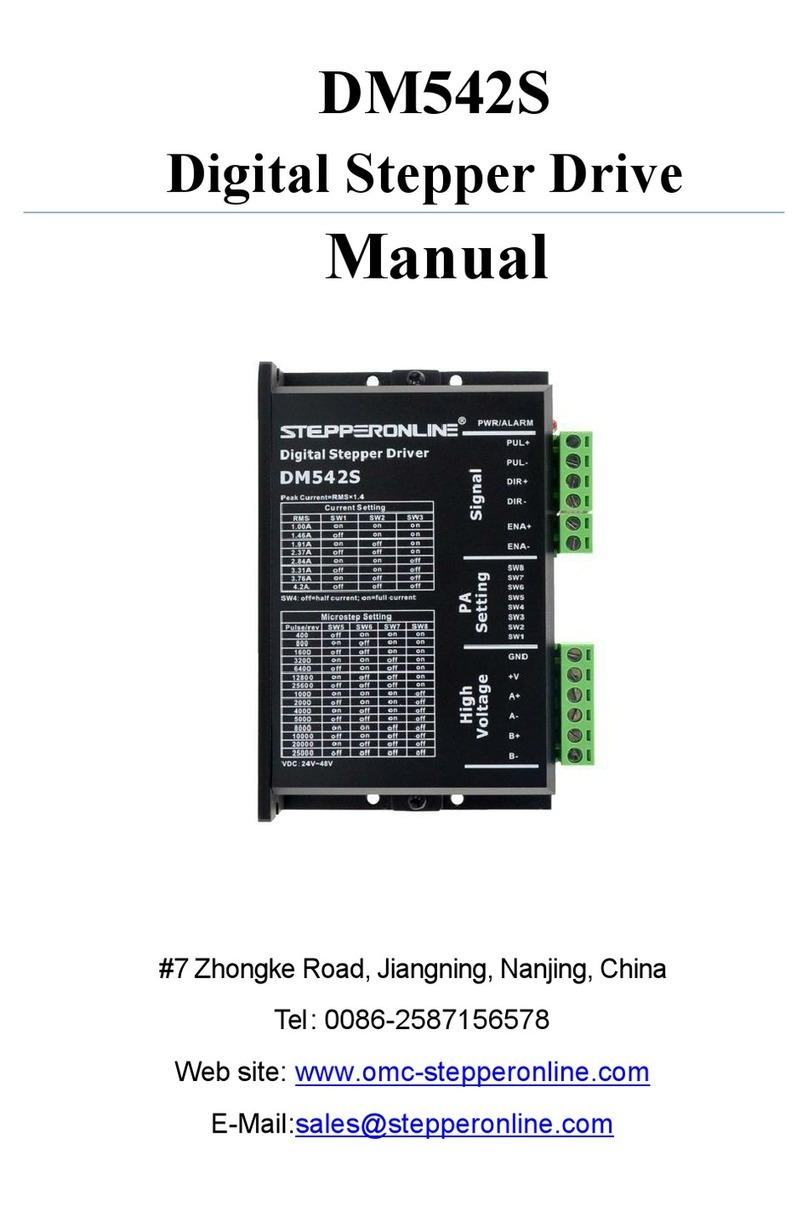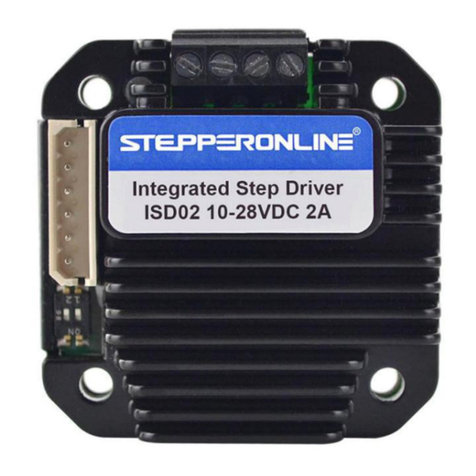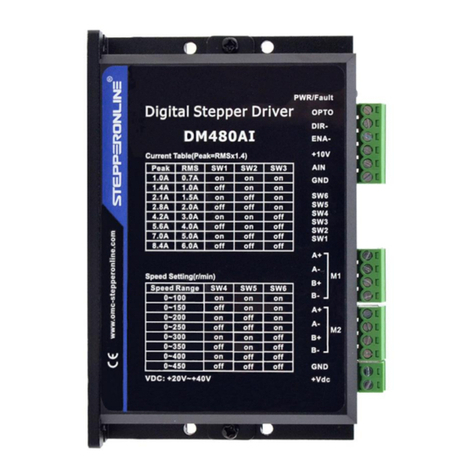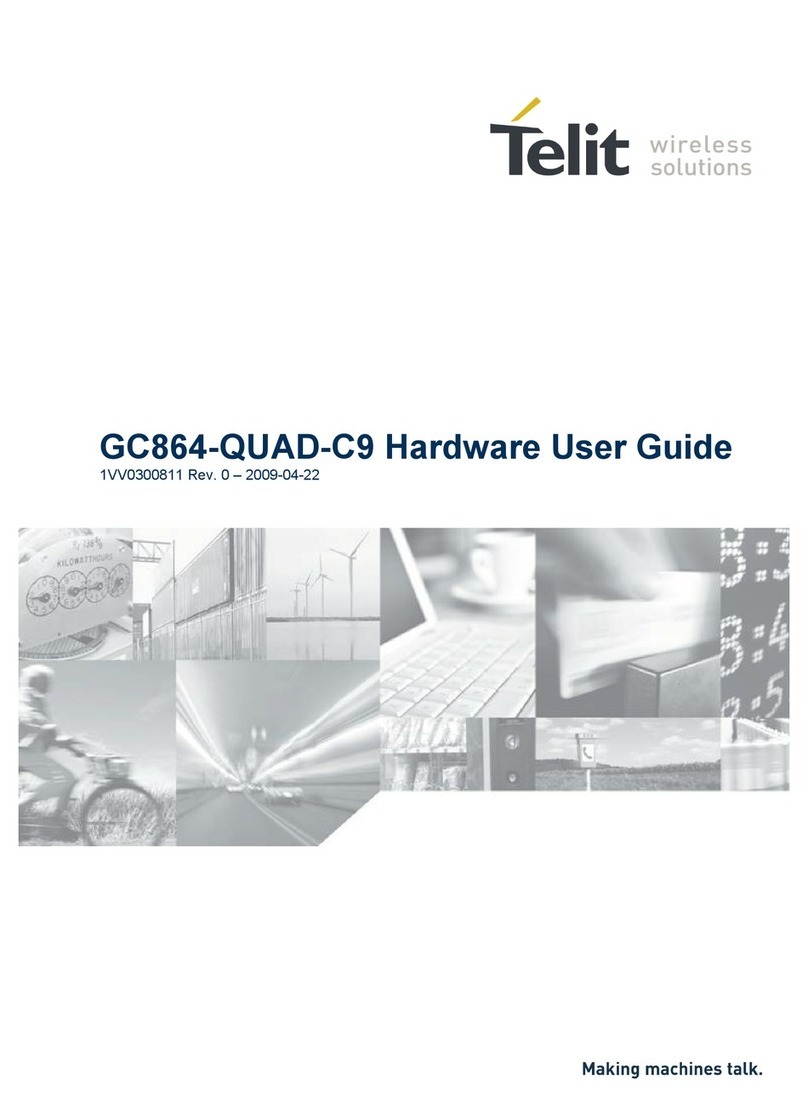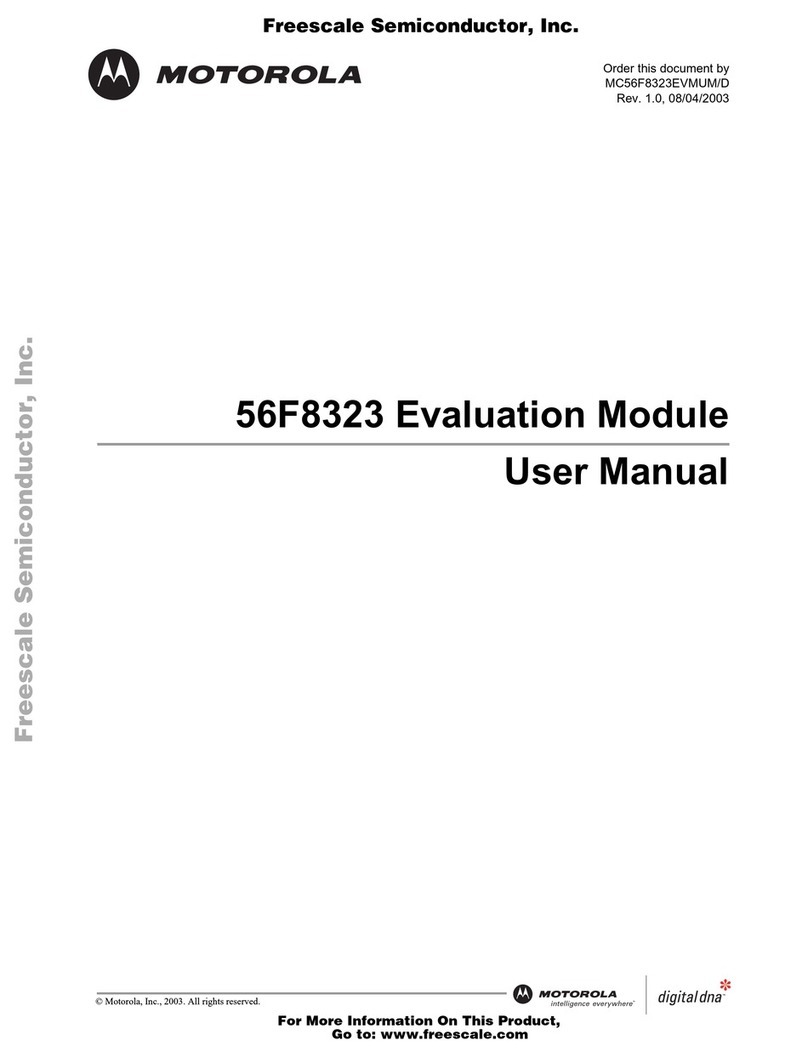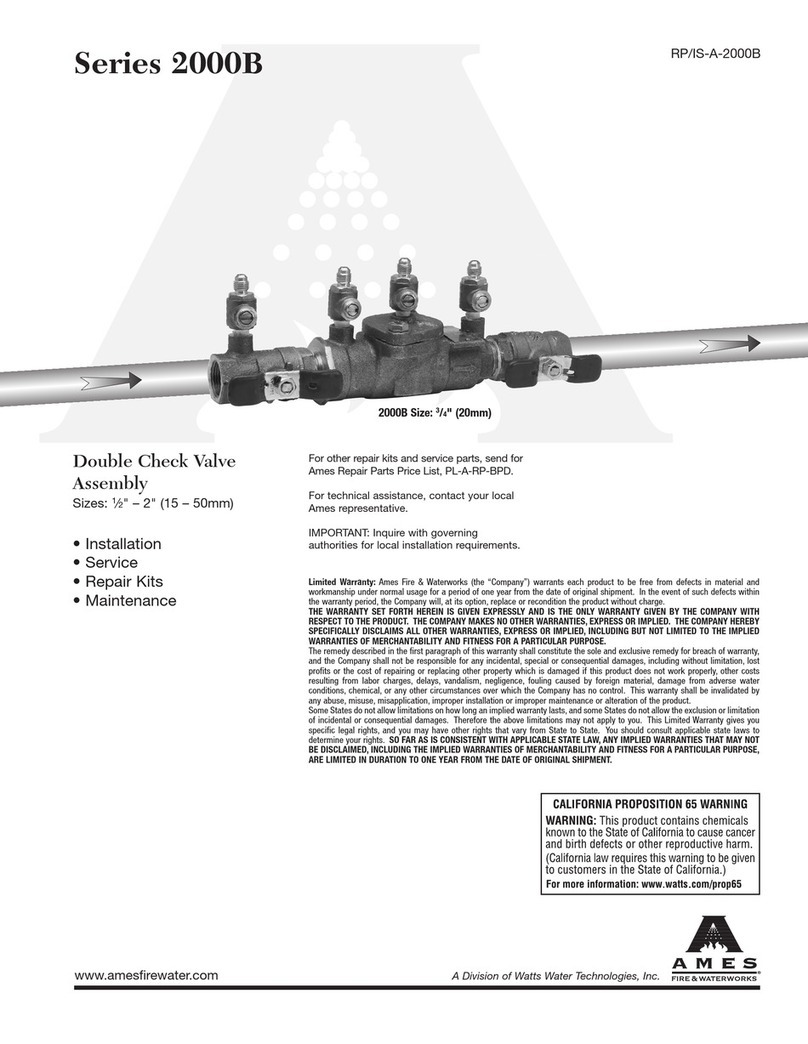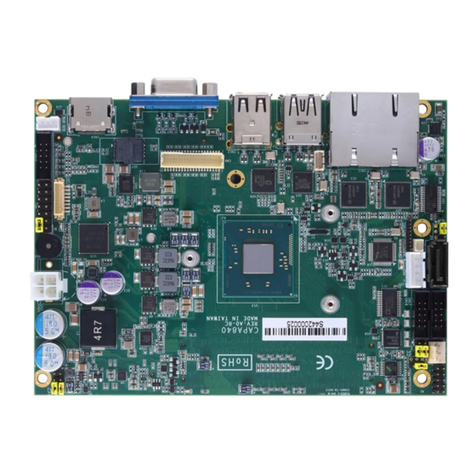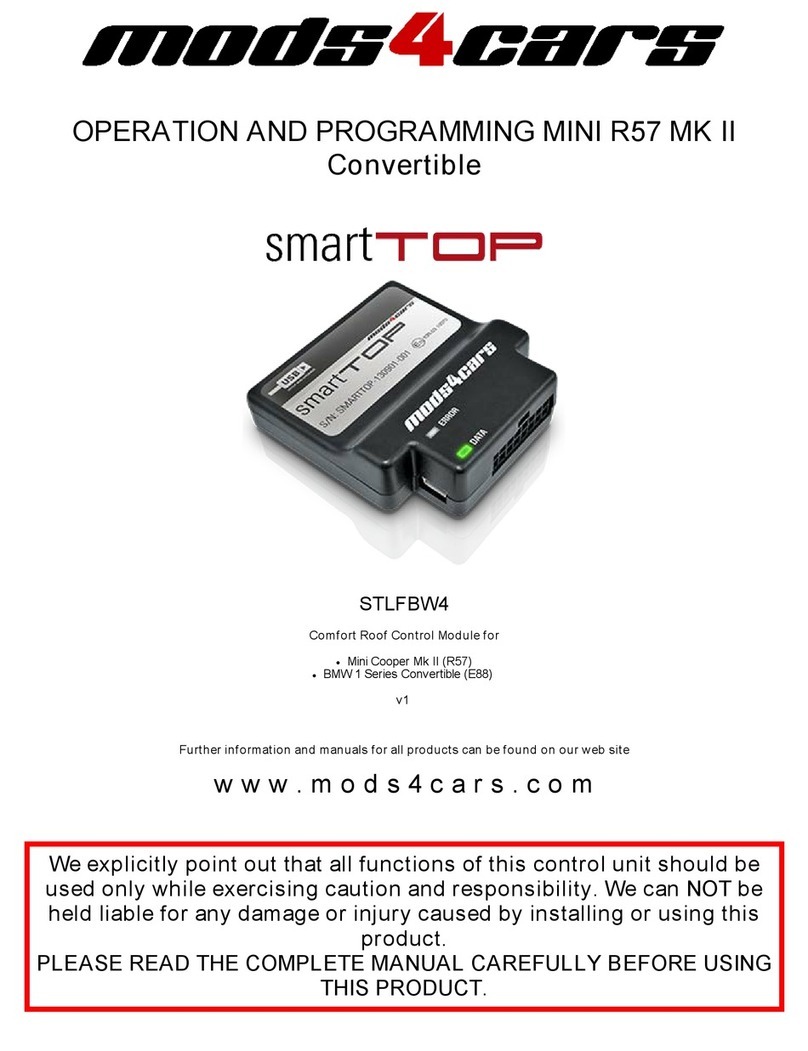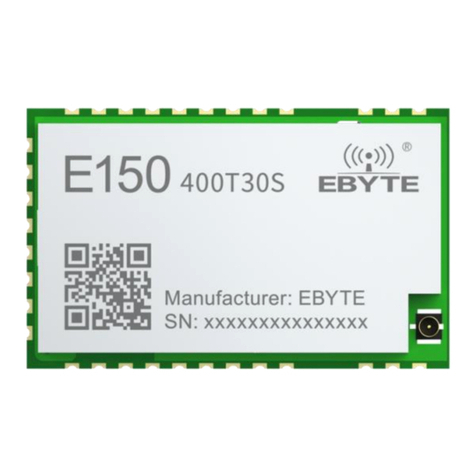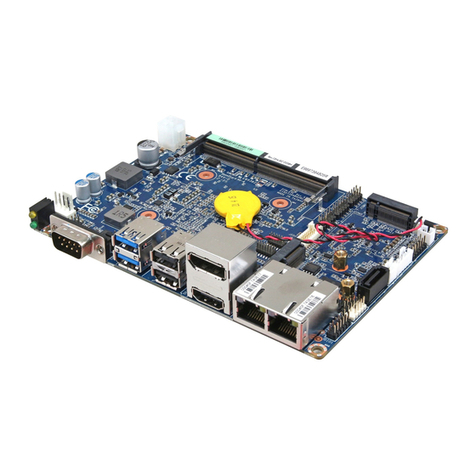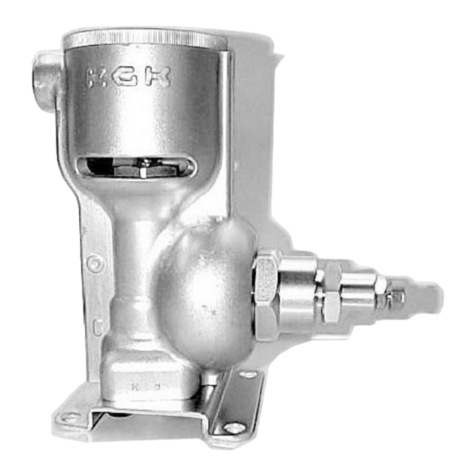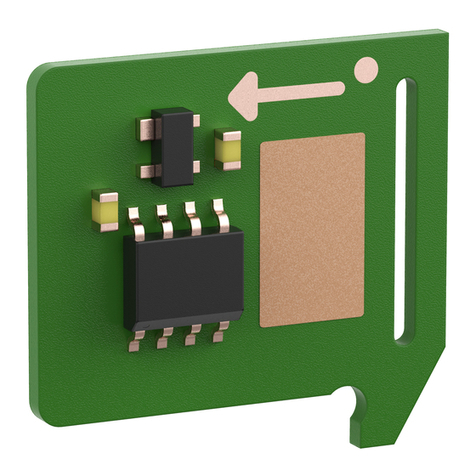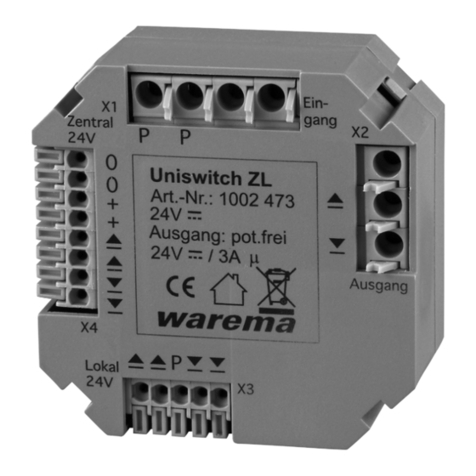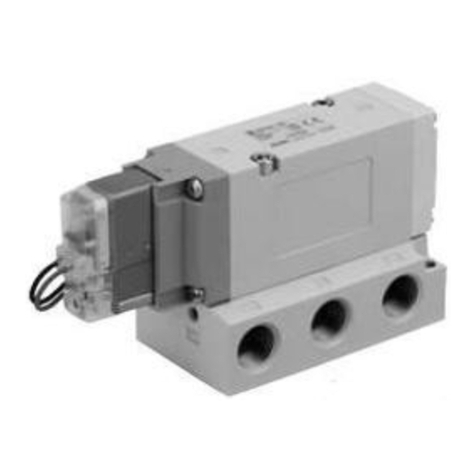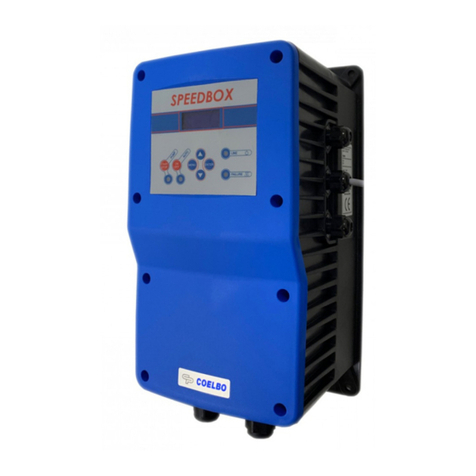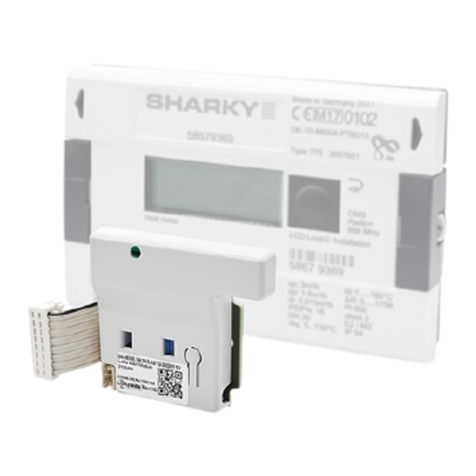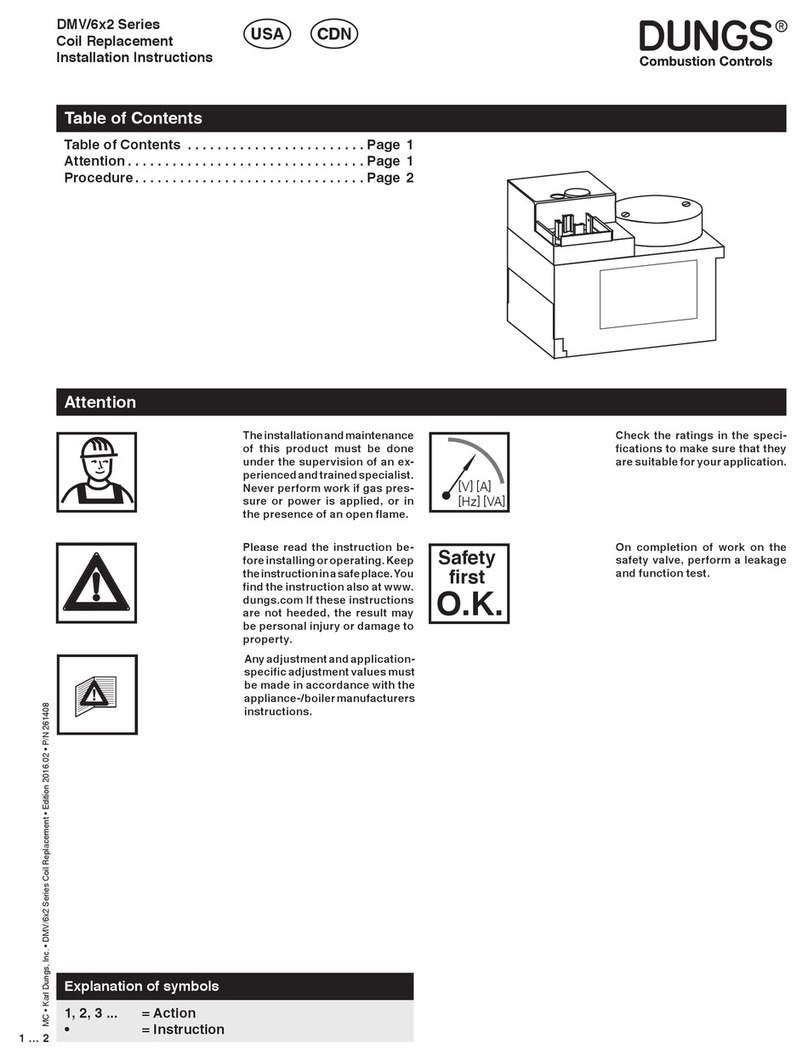
CL86T(V4.0) Closed Loop Stepper Drive User Manual
Table of Content
1. Features ..........................................................................................................................................................................1
2. Specifications .................................................................................................................................................................1
2.1 Electrical Specifications ..................................................................................................................................... 1
2.2 Environment .........................................................................................................................................................1
2.3 Mechanical Specifications .................................................................................................................................2
2.4 Heat Dissipation .................................................................................................................................................. 2
3. Connections and LED Indication ................................................................................................................................ 3
3.1 Control and Digital Output Connections ......................................................................................................... 3
3.2 Encoder Signals Input Connector .................................................................................................................... 3
3.3 Motor Connector ................................................................................................................................................. 4
3.4 LED Status Lights ............................................................................................................................................... 4
4. Power Supply Selection ....................................................................................................................................... 4
4.1 Power Supply Sharing ....................................................................................................................................... 4
4.2 Selecting Supply Voltage ...................................................................................................................................4
5.Switch Configurations ....................................................................................................................................................5
5.1 Rotating Switch Configurations ........................................................................................................................ 5
5.2 DIP Switch Configurations .................................................................................................................................5
5.2.1 Micro Step (SW1-SW4) .......................................................................................................................... 6
5.2.2 Mode Setting (SW5 - SW8) ................................................................................................................... 6
6. Typical Connection ........................................................................................................................................................6
6.1 Digital Input Connection .....................................................................................................................................6
6.2 Fault Output Connection ....................................................................................................................................7
7. Sequence Chart of Control Signals ............................................................................................................................8
8. Fault Protections & Troubleshooting ..........................................................................................................................9












